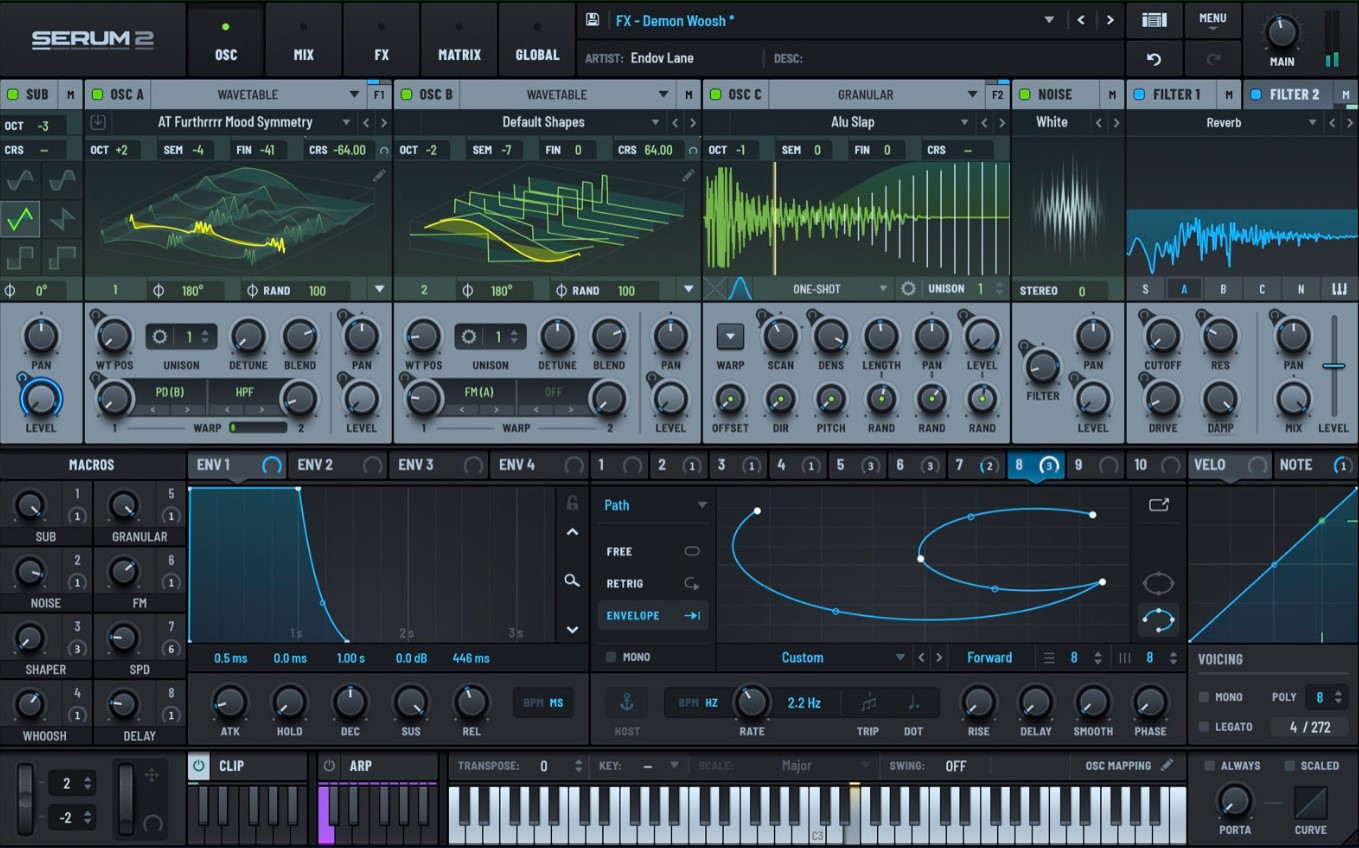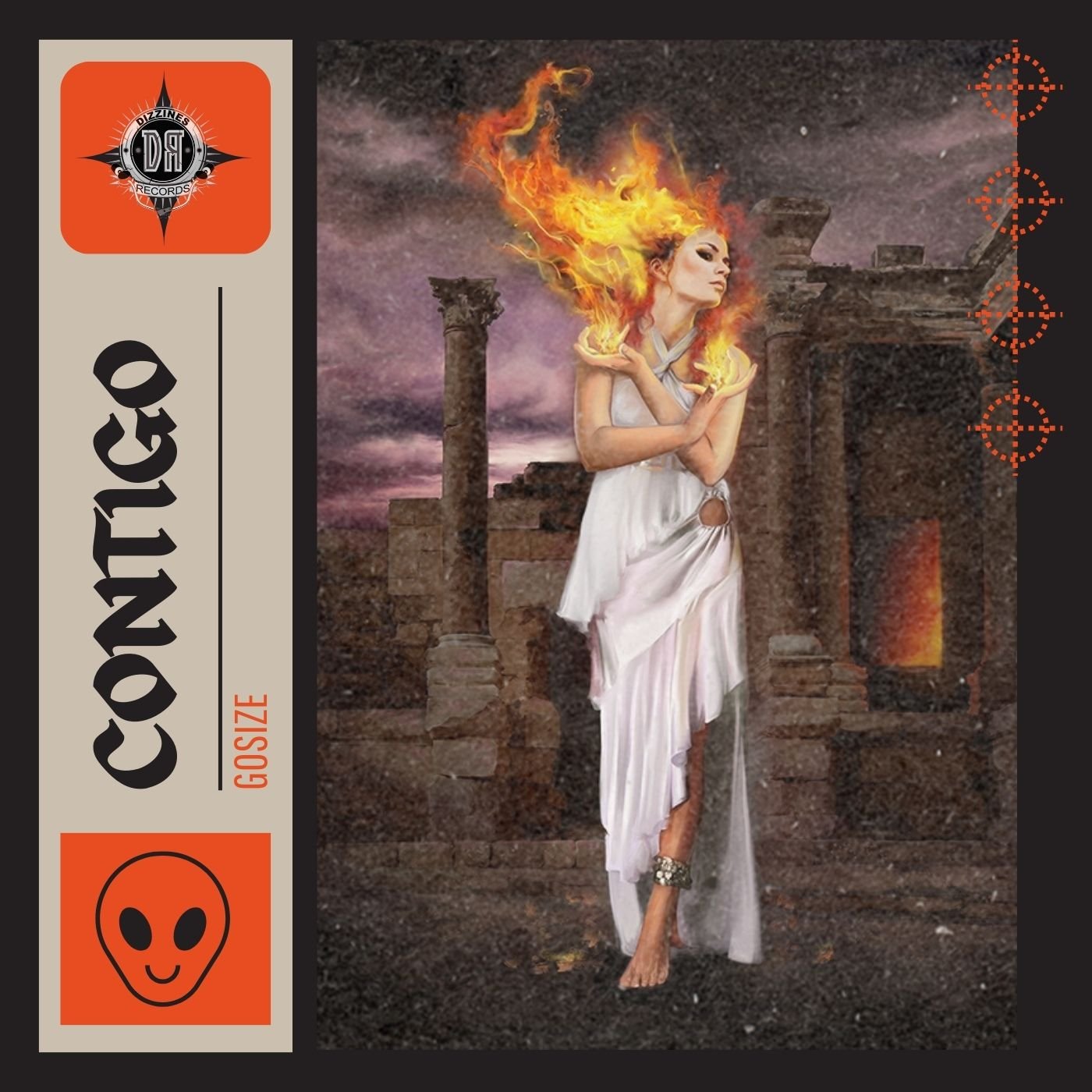
Are you an aspiring electronic music producer looking to take your music career to the next level? Establishing your own record label can be a significant step toward gaining recognition and control over your artistic journey. Thanks to digital distribution platforms like DistroKid, starting a record label has become more accessible than ever. In this comprehensive guide, we'll walk you through the step-by-step process of opening a record label on DistroKid specifically tailored for electronic music producers.
Step 1: Define Your Vision and Goals
Before you dive into the technical aspects, it's essential to have a clear understanding of what you want to achieve with your record label. Consider your niche within the electronic music genre, the type of artists you want to sign, and your long-term goals. Are you aiming for global recognition, or do you prefer a more localized impact? Defining your vision will shape every decision you make going forward.

Step 2: Choose a Catchy Label Name and Logo
Your label name and logo play a significant role in branding and recognition. Pick a name that resonates with your genre and style, and design a logo that captures the essence of your label's identity. Remember, your branding should be memorable and visually appealing.
Step 3: Create a DistroKid Account
If you don't already have a DistroKid account, head over to their website and sign up with this link. Choose a plan that suits your needs – the "Musician Plus" plan is often recommended for label owners, as it allows you to distribute music under different artist names.
Step 4: Gather Legal Documentation
As a record label, you might need to deal with contracts and legal agreements. Consult a legal professional to draft necessary contracts, such as artist agreements and licensing contracts, to ensure that your business operates smoothly and fairly.

Step 5: Add Your Record Label to DistroKid
DistroKid allows you to create a "Record Label" profile within your account. This is where you'll manage your label's releases and artists. To set up your label, go to the "Settings" section in your DistroKid account, then select "Record Labels." Follow the prompts to provide your label's information, logo, and any additional details.
Step 6: Invite Artists to Your Label
Electronic music producers often collaborate with various artists. Invite these artists to join your label on DistroKid, allowing you to distribute their music under your label's umbrella. This step involves sending invitations to artists via their DistroKid accounts.

Step 7: Distribute Music
Now comes the exciting part – distributing music. As a label, you can distribute singles, EPs, and albums on behalf of your signed artists. Use DistroKid's user-friendly interface to upload tracks, add metadata (song titles, artist names, release dates, etc.), and select the online stores and streaming platforms where you want the music to be available.
Step 8: Manage Royalties and Payments
DistroKid simplifies royalty management. The platform will handle royalty calculations and distribution, ensuring that both you and your artists are paid accurately. Make sure to set up your payment preferences to receive your share of the earnings.
Step 9: Promote and Build Your Brand
Promotion is key to the success of your record label. Utilize social media, music blogs, and playlists to build a fanbase for your label and its artists. Collaborate with influencers and music publications to increase your label's visibility.

Step 10: Monitor Progress and Adapt
Regularly track the performance of your label's releases. DistroKid provides insights into streaming numbers, earnings, and other relevant metrics. Use this data to refine your strategies and adapt to the ever-evolving music industry landscape.
Opening a record label on DistroKid as an electronic music producer requires careful planning, dedication, and a passion for the music you're creating and curating. By following these steps and consistently delivering high-quality music, you'll be on your way to establishing a reputable record label in the electronic music scene.
Step 11: Cultivate Relationships
Building relationships within the electronic music industry is crucial for the growth of your record label. Connect with other producers, DJs, promoters, and industry professionals. Attend music conferences, workshops, and local events to network and collaborate. Strong connections can lead to valuable opportunities for your label and its artists.
Step 12: Support Your Artists
As a record label owner, your role extends beyond distribution. Provide guidance and support to your signed artists. Help them with music production, marketing strategies, and career development. Your genuine interest in their success will foster loyalty and a positive reputation for your label.

Step 13: Plan Strategic Releases
Strategically plan your release schedule to maintain a consistent presence in the music market. Coordinate with your artists to stagger releases and avoid oversaturation. Consider special releases for significant milestones, such as anniversaries or collaborations.
Step 14: Embrace Innovation
The music industry is constantly evolving, especially in the electronic music genre. Stay open to new technologies, trends, and marketing strategies. Experiment with different approaches to engage your audience and stay relevant in a competitive landscape.
Step 15: Stay Committed
Running a record label is a long-term commitment. There will be challenges and setbacks along the way, but your dedication will be the driving force behind your label's success. Stay committed to your vision and adapt to changes while keeping the passion for electronic music alive.
Conclusion: Your Journey Begins
Congratulations! By following these steps, you're well on your way to establishing a successful record label on DistroKid for electronic music. Remember that building a label takes time, effort, and continuous learning. Keep refining your strategies, nurturing your artists, and connecting with the electronic music community. Your label has the potential to contribute to the vibrant and dynamic world of electronic music and leave a lasting impact on the industry.
As you embark on this exciting journey, always keep your love for music at the core of your decisions. The electronic music scene thrives on innovation and creativity, and as a label owner, you have the opportunity to shape its future while supporting the artists who drive its evolution. Good luck!




























Comments (0)